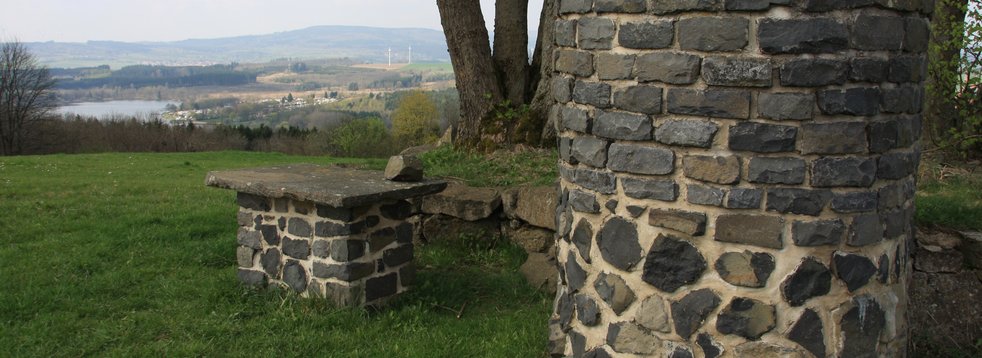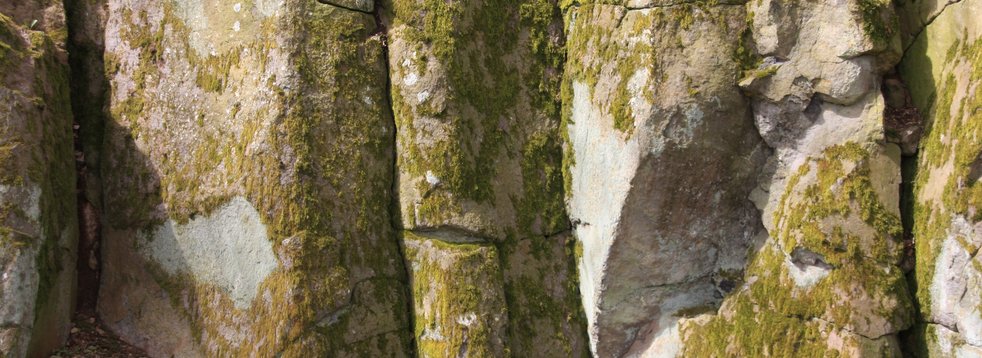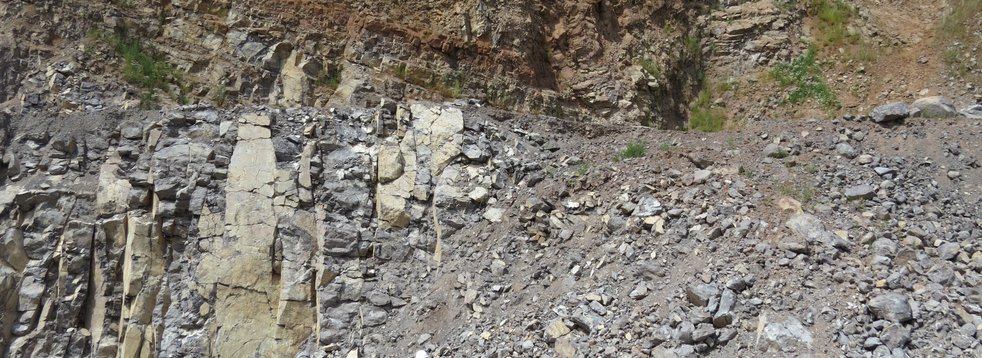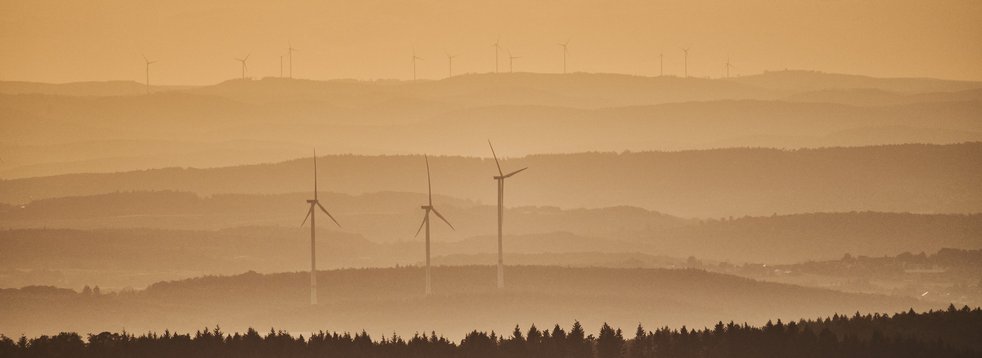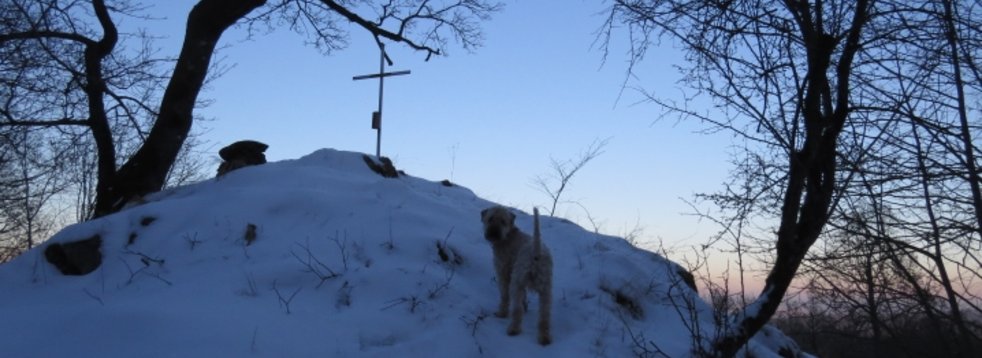Geology? It's all about stones...

What forces create mountains? Why do volcanoes erupt? What was it like during the ice age and will there be a new one? How were ores formed? Is there water here and why? Will oil be found if a borehole is drilled here? All this and much more is investigated by the science of geology.
The word comes from the Greek geo=earth and logos=teachings, so it is the science with which our planet earth is to be understood.
Geology
Traditionally, geology is divided into physical and historical. Physical geology examines the material the earth is made of and tries to understand the processes that take place on and below the earth's surface. The aim of historical geology is to study the origin and evolution of the Earth over time. The study of physical geology often precedes that of historical geology: This is because we must first understand how the Earth works before we can try to solve the mystery of its past.
Our earth
Understanding the earth is not that easy: it is constantly changing - even now, while reading these lines! Sometimes the changes happen very quickly and are destructive - for example during volcanic eruptions. Other changes are so slow that we hardly notice them in our lives. In addition to time, geological proportions are particularly important: some phenomena are so small that they must be observed with a microscope in order to understand them. Other phenomena have dimensions that affect entire continents or even the entire globe.
Time
In geology, the time factor is of particular importance. A relatively precise classification of the earth's history can be made for the last 550 million years based on various fossils. The much larger part of the Earth's history can only be investigated and determined with special methods.
Therefore geology!
What forces create mountains? Why do volcanoes erupt? What was it like during the ice age and will there be a new one? How were ores formed? Is there water here and why? Will oil be found if a borehole is drilled here? All this and much more is investigated by the science of geology.
Vogelsberg Geology
The volcanic rocks of the Vogelsberg are - geologically speaking - very young. They originated in the Cenozoic (=Tertiary + Quaternary), i.e. the Earth's New Age.
The young Vogelsberg
About 18 million years ago, the geological period of the Miocene (= epoch of the Tertiary), the contact between magma and water produced violent explosions, whereby large quantities of rock were blown out of the subsoil in the form of funnels.
In addition, spectacular lava fountains sprayed from cracks and crevices, while in other places lava flows, some of them large, poured out. Glowing and ash clouds covering the region have been preserved as deposits in many outcrops.
Join us on an adventurous journey through time and experience how nature and life - and ultimately humans - have had to assert themselves time and again.
No matter where you stand, the land under your feet is the result of tectonic and volcanic activity. The movement of the continental plates and erosion have shaped the land you stand or sit on over millions of years. The long history of this wonderful landscape is impressive and fascinating.
Geology of Hesse
The oldest rocks in Hesse date from the Orduvician (approx. 488 million years before today) and the Silurian. Particularly exciting are the sedimentary rocks that were deposited as part of a sea during the Devonian and Carboniferous periods.
An overview of the geological development of Hessen can be found here.
Take a journey through the last 540 million years of the earth's history here!
The Geological Time
The concept of geologic time is initially unfamiliar to many and difficult to grasp mentally. We are used to divide our time into small sections, such as hours, days, weeks and years. Our history books tell of events that took place decades and centuries ago. But even a century is complex and often difficult to imagine. For most of us, people or things that are 90 years and older are already very old. We call an object that is 1000 years old historical.
A sense of time
In contrast to this, geological periods are inconceivable, because here processes are at work that last millions or even billions (= one thousand million) of years. For example, if you look at the history of our planet, which spans about 4.6 billion years, processes that occurred 100 million years ago can almost be considered "recent." The rocks that were formed here in the Vogelsberg about 18 million years ago are quasi young!
Many processes on and in our earth happen very slowly but steadily, so that gigantic periods of time are necessary before changes become obvious.


Topaz - Mineral of the Year 2022
Topaz - a globally sought-after gemstone with a great variety of colors
For the fifth time, the members of the Association of Friends of Mineralogy and Geology e.V.. (VFMG) could determine the mineral of the year. After magnetite (2018), malachite (2019), fluorite (2020) and calcite (2021), topaz was chosen for this year. From the suggestions of the members, the VFMG board had determined corundum and topaz as candidates. With a clear lead, topaz was the winner. Provided that the corona-related restrictions allow it, the Mineral of the Year 2022 will be presented by VFMG President Michael Hohl at the VFMG Winter Meeting on March 19th, 2022, at the Institute for Geosciences of the University of Heidelberg.
The origin of the name Topaz is unclear. It is generally assumed that it was derived from "Topazios" (or "Topazos"), the ancient Greek name for the island of Zeberged in the Red Sea. However, topaz never originated from this island, but the most famous peridots of antiquity did, which were mined there and often erroneously called topaz.
Chemically, the topaz consists of the elements aluminum, fluorine, oxygen, silicon, hydrogen with the formula Al2SiO4(F,OH)2. It is characterized by a great richness of colors with a perfect vitreous luster. Naturally occurring colors are yellow, yellow orange, yellow brown, reddish brown, pink and rose red, light blue, rarely light green. Many topazes are changed in color by treatment. This can be done by irradiation with gamma or electron beams (brown, greenish brown) or by heating (blue, reddish).
Topaz is a very common mineral all over the world. It is found on all continents, more than 1,500 sites are known. The most important deposits are located in Brazil, Sri Lanka, Russia and Nigeria.
When mineral enthusiasts in Germany hear the term topaz, the vast majority immediately think of the historic mining at Schneckenstein, a 23-meter-high rock in the southeastern Vogtland region near Tannenbergsthal and Mulde Valley. The deposit was discovered in 1722. Due to its initially very high purity, the gemstone was mined from 1727 to 1800 in the "Koenigskrone" discovery pit and was initially sold as oriental topaz, mainly to Bohemia and Venice, later under the name "Saxon diamonds". The English King George III had a crown made for his wife Charlotte, which contained 485 topazes from Schneckenstein. Augustus the Strong (1670 to 1733) also loved jewelry with Schneckenstein topazes, which are now on display in the Green Vault in Dresden. In 1937, the rock was placed under nature protection.
The Museum of Natural History Gera will, after the end of the Corona-related closure, present a cabinet exhibition "The Topaz - Mineral of the Year 2022" as a supplement to its permanent mineralogical exhibitions. Topaz crystals and topaz specimens from the museum's collection and from private collections of members of the Geraer Mineralien- und Fossilienfreunde will be shown.
The focus is on the popular and unusual topazes of Saxony; starting with the classics from the Schneckenstein topaz rock to the "Stengeltopasen" from Altenberg. In addition, visitors can expect topazes from Russia, Kazakhstan, Pakistan, China, Myanmar, Mexico, Brazil, Nigeria, Namibia, Ukraine and the USA. The Museum für Naturkunde Gera (Nicolaiberg 3, 07545 Gera) is open Tuesday through Sunday and on holidays from 11:00 a.m. to 5:00 p.m., as Corona restrictions permit.


Gypsum - Rock of the Year 2022
BDG Professional Association of German Geoscientists names Rock of the Year 2022:
Gypsum - multifaceted in character and use
Bonn. The BDG Berufsverband Deutscher Geowissenschaftler e. V. (Professional Association of German Geoscientists) has named gypsum the Rock of the Year 2022. Gypsum has an exciting history of formation and possesses highly impressive properties. It is used as a material in the construction industry, as a food additive or as a carrier substance in the manufacture of pharmaceuticals. As varied as its uses are, some of the natural sites where it is found are fascinating. Gypsum is also produced as a by-product of coal-fired power generation, which will have an impact on the supply situation in view of the coal.
Gypsum is used in many ways in everyday life - as a bandage for a broken leg, as plasterboard or gypsum plaster in construction. The material gypsum also plays a major role in the creation of all kinds of forms in technology, medicine or art. Under the name of alabaster, it is a valuable decorative and sculptural stone. "Everyone uses gypsum, but hardly anyone realizes that it also has to be mined and extracted somewhere. Our aim is to draw attention to the importance of geosciences among large sections of the population," says Dr. Manuel Lapp, spokesman for the specialist board of trustees.
Occurrence, formation and extraction
Gypsum is both a mineral and a rock. A mineral consists of elements that occur in a chemical compound; a rock is usually composed of several minerals. Gypsum stone occurs in nature as a monomineral rock, i.e. it consists exclusively of the mineral gypsum. Gypsum stone is fine-grained and massive, often white, occasionally brown-gray. In nature, gypsum (CaSO4.2H20) usually occurs together with anhydrite (CaSO4). In Germany, gypsum is mined in 62 quarries and nine underground mines, mainly in Wuerttemberg, western Franconia and the Harz rim.
Gypsum as a by-product of coal-fired power generation - conflicting goals
However, about half of the gypsum processed in Germany has a completely different origin: It comes from flue gas desulfurization plants (FGD) of coal-fired power plants, where it is produced from the reaction of the sulfur dioxide in the flue gas with limestone. As coal utilization is cut back in the future, this FGD gypsum will be lacking as a raw material and mining of natural gypsum will have to be increased. "This gives rise to a conflict between nature and landscape conservation on the one hand and gypsum extraction on the other, especially in gypsum karst landscapes where biotopes of particular beauty have developed. Here we are looking for constructive dialog to ensure that the necessary raw material extraction is as environmentally compatible as possible," says Holger Ortleb, managing director of the German Gypsum Association (Deutscher Gipsverband e. V.), which is the initiative's main partner this year.
Since 2007, the Rock of the Year has been selected by a board of experts under the leadership of the BDG. Events and publications inform the public for a whole year about the selected rock, its geology, its functions in the natural environment, its use and extraction.
Source: Press release of the BDG Professional Association of German Geoscientists (January 18th 2022)

Pelosol - Boden des Jahres 2022
Every year since 2005, the Soil of the Year for the coming year has been chosen on December 5 as part of a day of action. The decision in favor of the tidal flat soil was made by the Soil Science Society (DBG), the German Soil Association (BVB) and the Engineering Association for Contaminated Site Management and Land Recycling (ITB). (BVB) and the Engineering Association for Contaminated Site Management and Land Recycling (ITVA). The whole project is supported by the Federal Environment Agency (UBA).
Literature
- Francis P. & Oppenheimer, C. (2004). Volcanoes. Oxford University Press. New York.
- Reischmann, T. & Schraft, A. (2009). Der Vogelsberg: Geotope im größten Vulkangebiet Mitteleuropas. Hessisches Landesamt für Naturschutz, Umwelt und Geologie. Wiesbaden.
- Tarbuck, E. J. & Lutgens, F. K. (2005). Earth. An Introduction to Physical Geology. 8. Ed. Pearson Prentice Hall. New Jersey.




